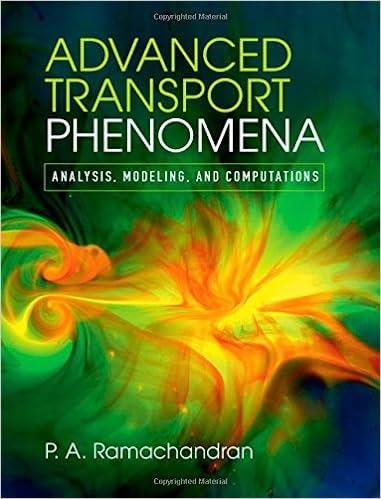A hydrogen fuel cell using a PEM consists of a gas-diffusion backing layer with a Pt on
Question:
A hydrogen fuel cell using a PEM consists of a gas-diffusion backing layer with a Pt on \(\mathrm{C}\) supported catalyst as anode and cathode. The two electrodes are separated by a membrane, which permits selective transport of \(\mathrm{H}^{+}\)ions. The protons are released by reaction of hydrogen gas at the anode:
\[\mathrm{H}_{2} \rightarrow 2 \mathrm{H}^{+}+2 \mathrm{e}^{-}\]
These protons diffuse across the membrane and react at the cathode with the oxygen (air) gas:
\[1 / 2 \mathrm{O}_{2}+2 \mathrm{H}^{+}+2 \mathrm{e}^{-} \rightarrow \mathrm{H}_{2} \mathrm{O}\]
The overall reaction is simply oxidation of hydrogen to produce water. This reaction is spontaneous with a negative free energy, \(\Delta G^{\circ}=24000 \mathrm{~kJ} / \mathrm{mol}\) at \(298 \mathrm{~K}\). An equivalent voltage is generated in the system under conditions of nearly zero current and is the maximum potential that can be generated in the fuel cell. Transport effects reduce the voltage, and an analysis of the various transport effects together with the rates of the anodic and cathodic reactions produces the current versus voltage distribution in the system.
Develop a model to design a fuel cell and to calculate the current-voltage relations.
Step by Step Answer:

Advanced Transport Phenomena Analysis Modeling And Computations
ISBN: 9780521762618
1st Edition
Authors: P. A. Ramachandran





